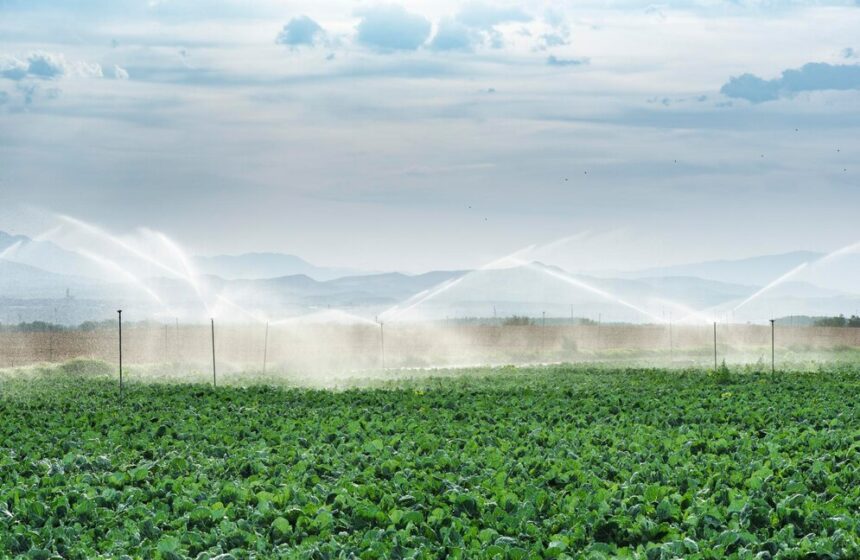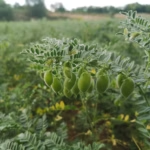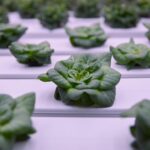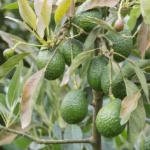Farming in arid regions presents significant challenges due to limited water availability, high evaporation rates, and unpredictable rainfall. However, with the right techniques and strategies, farmers can produce crops efficiently while conserving water. Here are essential methods to farm successfully in arid regions with minimal water use.
1. Choose Drought-Resistant Crops
Selecting crops that require less water is key to successful farming in arid climates. Some of the best drought-tolerant crops include:
- Millets (Sorghum, Pearl Millet, Finger Millet) – Require minimal water and thrive in dry conditions.
- Legumes (Cowpeas, Chickpeas, Lentils) – Improve soil fertility and have lower water needs.
- Succulents (Aloe Vera, Prickly Pear Cactus) – Store water in their tissues and require minimal irrigation.
- Drought-Tolerant Vegetables (Okra, Amaranth, Sweet Potatoes) – Adapted to dry conditions.
2. Efficient Irrigation Methods
Maximizing water efficiency is crucial in arid farming. The best irrigation methods include:
- Drip Irrigation – Delivers water directly to plant roots, reducing evaporation and wastage.
- Mulch-Based Irrigation – Using organic mulch like straw or wood chips to retain soil moisture.
- Subsurface Irrigation – Pipes buried underground supply water directly to roots, minimizing evaporation.
3. Improve Soil Water Retention
Healthy soil retains more water, reducing the need for frequent irrigation. Key strategies include:
- Adding Organic Matter – Compost, manure, and biochar enhance soil structure and moisture-holding capacity.
- Cover Crops – Legumes and grasses reduce evaporation and prevent soil erosion.
- No-Till Farming – Disturbing the soil as little as possible helps maintain moisture levels.
4. Rainwater Harvesting and Storage
Capturing and storing rainwater ensures a sustainable water supply. Effective methods include:
- Roof Catchment Systems – Collect rainwater from rooftops and store it in tanks.
- Farm Ponds and Swales – Small ponds and water channels store rainwater for later use.
- Check Dams and Terracing – Slows water runoff and improves infiltration into the soil.
5. Agroforestry and Windbreaks
Planting trees alongside crops reduces evaporation and conserves moisture. Some benefits include:
- Shade from Trees – Lowers soil temperature and reduces water loss.
- Windbreaks – Rows of trees or shrubs protect soil from drying winds.
- Nitrogen-Fixing Trees – Improve soil fertility and reduce dependence on fertilizers.
6. Smart Water Management Practices
Managing water effectively ensures minimal wastage. Some techniques include:
- Water Scheduling – Irrigate during cooler parts of the day (early morning or late evening) to minimize evaporation.
- Soil Moisture Sensors – Measure water levels and prevent over-irrigation.
- Drought-Resistant Livestock Feed – If raising animals, use drought-tolerant forage crops like lucerne or saltbush.
Farming in arid regions requires careful planning and efficient resource use. By adopting drought-resistant crops, improving irrigation efficiency, enhancing soil moisture retention, and utilizing rainwater harvesting, farmers can successfully cultivate crops with minimal water. Implementing these strategies helps sustain agricultural production even in the driest environments.








